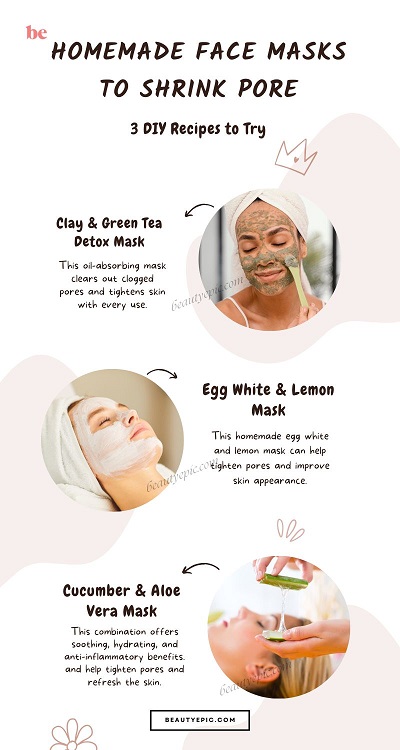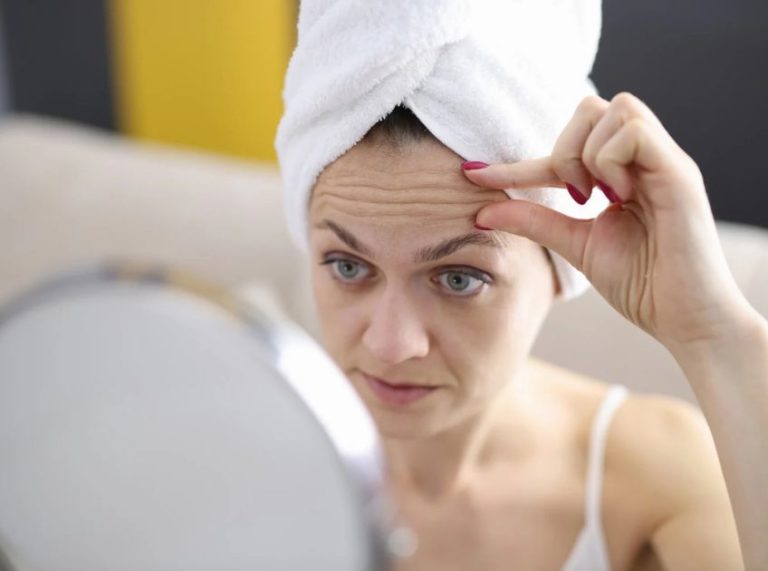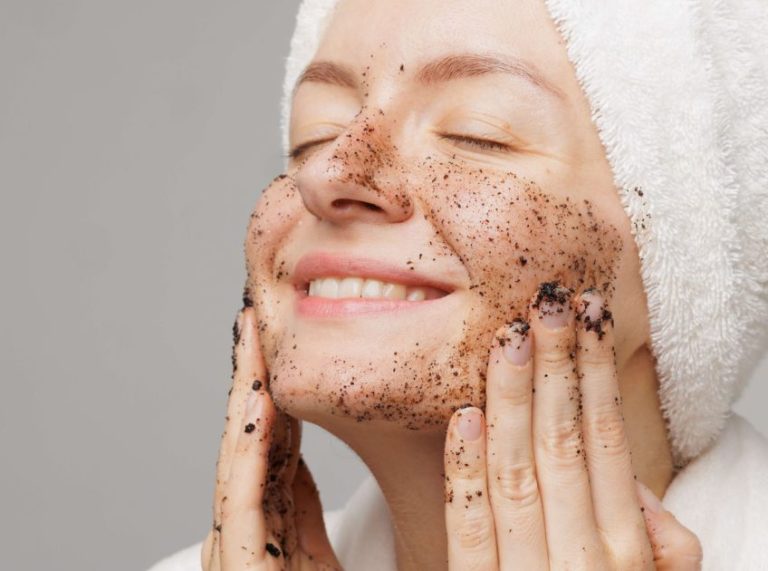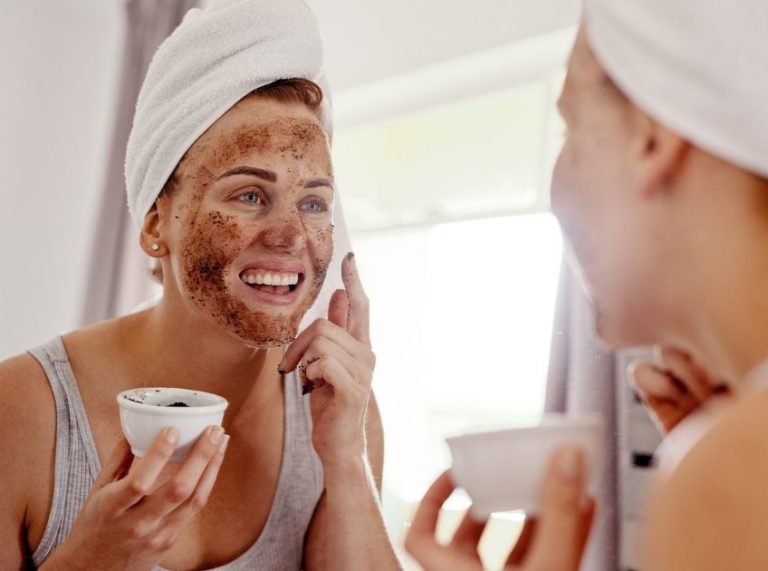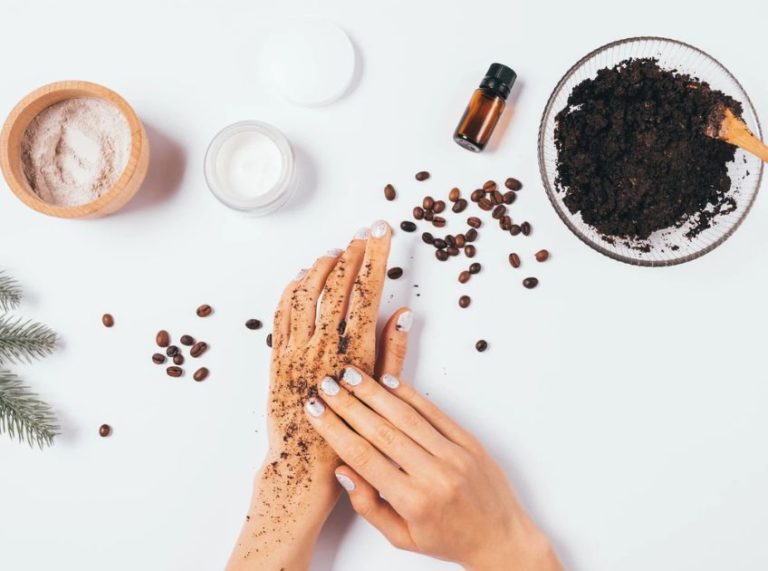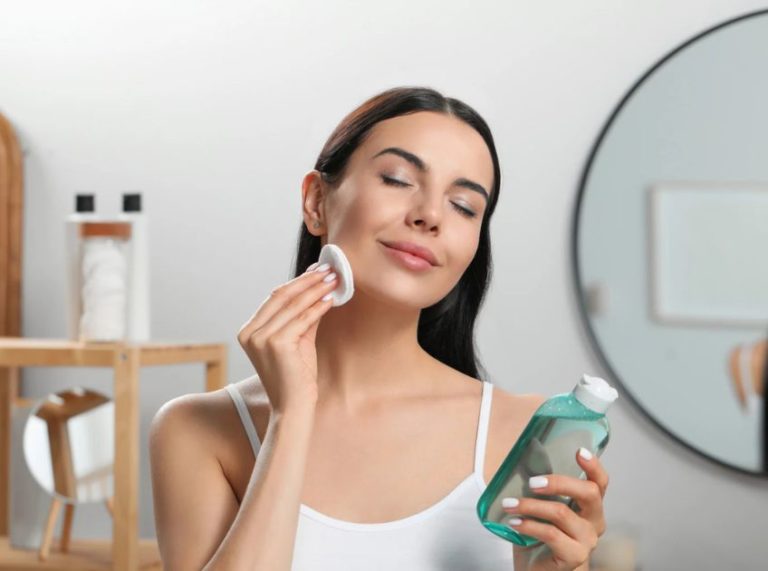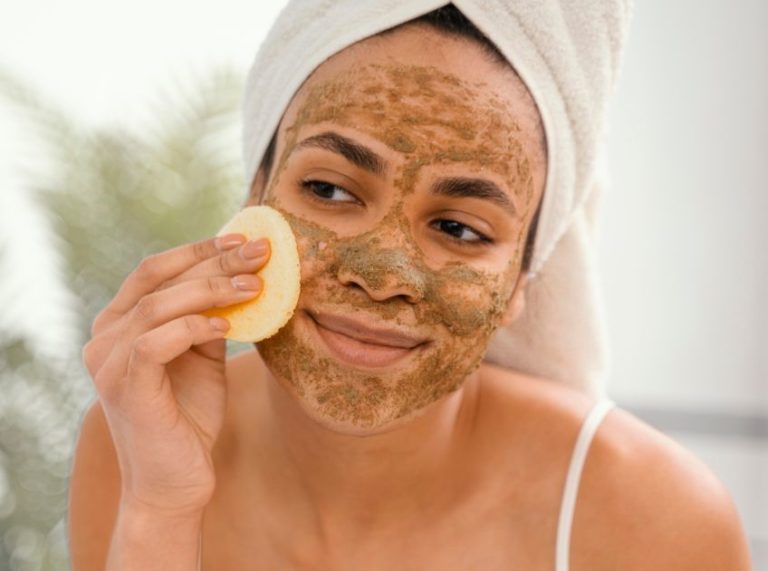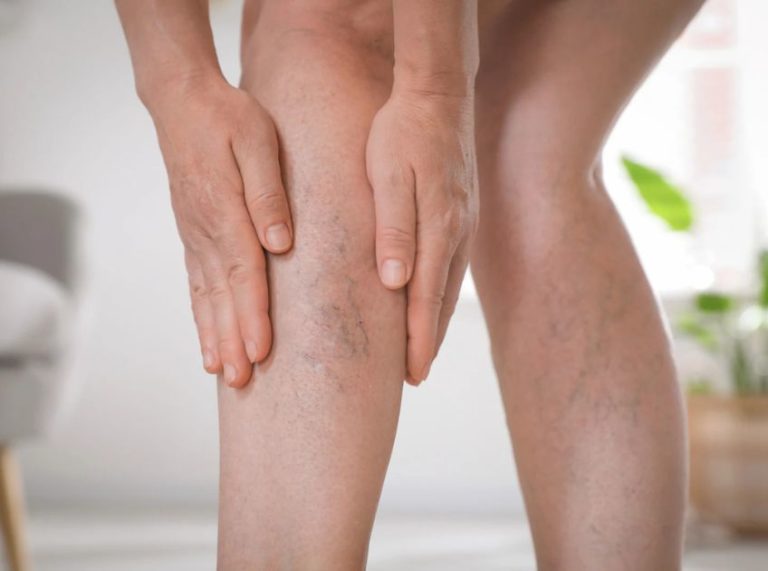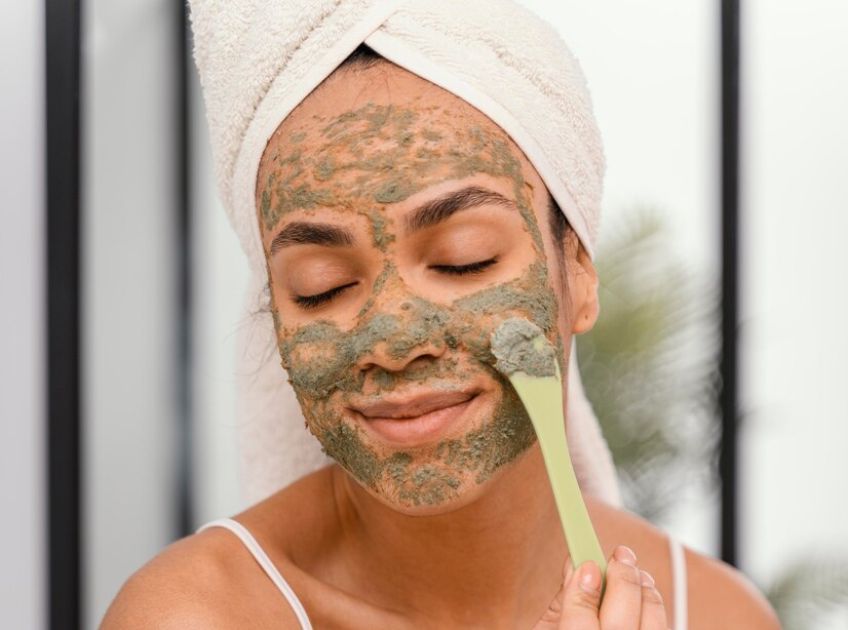
Important: This article is for informational purposes only. Please read our full disclaimer for more details.
Struggling with visible pores that make your skin look uneven or oily? You’re not alone. Large pores often appear due to excess oil, clogged debris, or skin aging, but you can minimize their appearance with effective homemade masks. These DIY solutions are gentle, budget-friendly, and rooted in science.
Why Use a Homemade Face Mask to Shrink Pores?
- Helps clear out trapped oil and dead skin cells
- Tightens and firms skin to reduce pore visibility
- Hydrates without clogging pores
- Uses natural, skin-safe ingredients with no harsh chemicals
Homemade masks also give you full control over what goes on your skin—ideal for those with sensitivities.
The Science Behind the Ingredients
Ingredients like clay, egg whites, green tea, and aloe vera have been studied for their ability to tighten skin and reduce oil.
- Kaolin and bentonite clay absorb sebum and cleanse deeply
- Egg white contains albumin, which firms the skin temporarily
- Green tea is rich in antioxidants and tannins that can reduce sebum
- Aloe vera has natural astringent and anti-inflammatory properties
A 2016 study published in Clinical, Cosmetic and Investigational Dermatology confirmed that green tea polyphenols improve oily skin and reduce enlarged pores (1).
What Makes These Ingredients Work?
- Clays bind to impurities and dry up excess oil
- Egg white’s proteins tighten the top layer of skin
- Green tea’s tannins act as natural astringents
- Aloe vera and cucumber calm and hydrate without clogging
Together, they reduce oiliness, firm up the skin surface, and give pores a more refined appearance.
When to Stop Using These Masks
- If your skin becomes dry, flaky, or irritated
- If you notice increased redness or breakouts
- After sun exposure, wait 24 hours before using clay masks
- Limit use to 2–3 times per week to avoid over-drying
Can You Adjust the Ingredients?
Yes! You can tweak recipes based on your skin’s needs:
- Use rose water instead of plain water for sensitive skin
- Swap honey for aloe vera if you want added hydration
- Add a drop of tea tree oil if acne-prone
- Reduce the clay or lemon juice if the skin feels tight afterward
Best Skin Types for These Masks
- Oily and combination skin: Most effective results
- Normal skin: Works well with occasional use
- Dry or sensitive skin: Use gentler ingredients like aloe, and avoid overuse
- Not recommended for broken or inflamed skin without dermatological advice
Are These DIY Masks Safe?
Yes, when used correctly. These masks are made with natural, non-toxic ingredients, but always:
- Patch test before first use
- Avoid applying near the eyes or lips
- Use fresh ingredients
- Don’t leave masks on too long—10–15 minutes is ideal
3 Best DIY Face Masks to Shrink Pores
1. Clay & Green Tea Detox Mask
This oil-absorbing mask clears out clogged pores and tightens skin with every use.
Ingredients
- 1 tbsp bentonite or kaolin clay
- 1 tbsp cooled green tea
- 1 tsp aloe vera gel
Directions
- Mix into a smooth paste
- Apply a thin layer on a clean face
- Leave for 10–12 minutes
- Rinse off with lukewarm water
How to Apply
- Use 2–3 times weekly
- Apply to the T-zone or oily areas
- Avoid the eye area
- Follow up with a lightweight moisturizer
2. Egg White & Lemon Pore Tightening Mask
This is a quick-fix mask for instantly firmer skin and refined pores.
Ingredients
- 1 egg white
- ½ tsp lemon juice
- 1 tissue or thin paper towel (optional for peel-off effect)
Directions
- Beat the egg white until frothy, add lemon
- Apply a thin layer to the face
- (Optional) Place tissue on top, add another mask layer
- Let dry and peel or rinse gently
How to Apply
- Use once weekly
- Avoid if you have egg allergies
- Best for oily zones
- Always moisturize afterward
3. Cucumber & Aloe Cooling Mask
Perfect for sensitive or dry-prone skin looking to tighten without irritation.
Ingredients
- 2 tbsp cucumber juice
- 1 tbsp aloe vera gel
- 1 tsp honey (optional for added hydration)
Directions
- Blend and strain the cucumber
- Mix with aloe and honey
- Apply evenly to the face
- Rinse after 15 minutes
How to Apply
- Use 2–3 times a week
- Store extra mix in the fridge for 1–2 days
- Use a brush for even application
- Pat dry gently and follow with toner
Frequently Asked Questions (FAQ’S)
1. Do pore-shrinking masks work?
A. They can reduce the appearance of pores temporarily by removing oil, dirt, and tightening skin, but they don’t permanently shrink the size of your pores.
2. Can I use a pore mask every day?
A. No. Overuse—especially of clay or lemon-based masks—can lead to dryness or irritation. Stick to 2–3 times a week.
3. Can I wear makeup after using a pore-tightening mask?
A. Yes! These masks create a smoother base, but always apply a moisturizer and primer before makeup to prevent dryness or flaking.
Final Thoughts
Homemade face masks can be a game-changer for minimizing the look of large pores, without relying on expensive treatments. With the right ingredients and consistency, you’ll see smoother, fresher-looking skin. Just listen to your skin, adjust ingredients as needed, and stick to a routine that fits your skin type.
